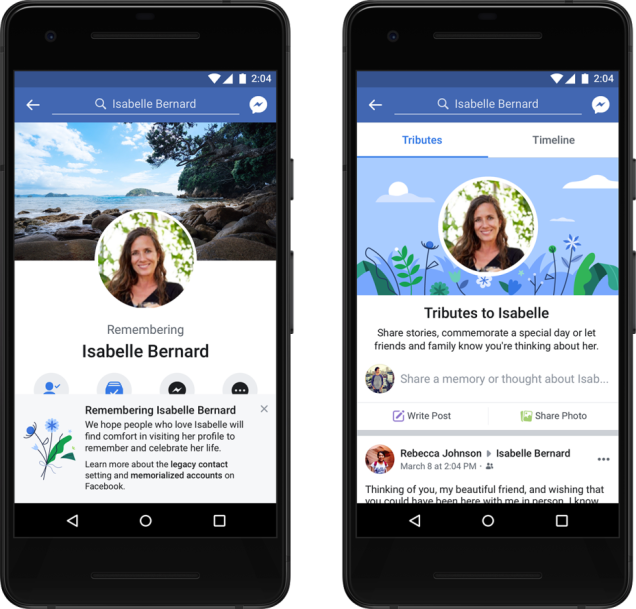Digital legacy: Thinking about death is not the best thing to do in life, but sometimes it is necessary. You do it when you get older and think about the will you need to write to leave your wishes to children, partners and relatives, but for some years now, when you leave this earthly life, there is another aspect you need to consider: your digital identity. For many people, this is still something they do not understand or care about. According to wealth management firm St James’s Place, more than 70% of British people who have made a will have yet to referred to their digital life. A digital will document is not a legally binding obligation like a traditional will. Still, it can help heirs manage digital identity and any assets related to creative works, such as copyrights to published works, text or images.
Digital legacy
To avoid problems for your heirs, you should first inventory all your digital activities during your lifetime: social media accounts, websites, email accounts, passwords to personal systems such as Apple ID, and services you have subscribed to. At this point, appointing a digital executor to take responsibility for the assets associated with digital identities and activities is crucial. This may also mean controlling the operations to close social accounts per the owner’s expressed wishes. Focusing specifically on social media, it is interesting to note how platforms offer different options and require different ways to manage a deceased person’s profile.
The most organised social network on the subject is the one that came first: Facebook. It is also the most popular platform among the over-65s, the demographic group closest to the end of life. The social site makes it possible to create a contact for heirs, with a helpful section dedicated to understanding how to take possession and manage the accounts of spouses or relatives. There is the option of either deleting the profile after death or transforming the space into a memorialised profile managed by the heirs. To do this, they must be on the friends list and accept the account holder’s wishes.
Although under the same flag as Mark Zuckerberg’s face, Instagram offers a different process and possibilities than Facebook. On the photo-sharing site, it is currently not possible to designate a legacy contact. At the same time, making an account a memorial is likely an alternative to removing the profile. To initiate the process, an official document proving the account holder’s death is required, which can be a newspaper article or a link to an obituary, in addition to the death certificate. In addition, another document must be presented to prove that the person named is the deceased’s legal representative or a direct heir. Those who choose the memorial route will keep shared posts on their profile, including photos and videos, which will remain visible to the audience they were shared with at the time of publication. No one can change the posts or information on the account.


X/Twitter
There are many more stakes and restrictions to consider on X, as the former Twitter does not allow anyone to manage someone else’s account. The first step is to send a request and follow the instructions, including a copy of the death certificate and a document from the person who carried out the operation. However, little or nothing can be done, as Elon Musk’s company does not provide account information even to spouses and close relatives of the deceased.
TikTok
TikTok is the latest platform in chronological order to allow digital legacies through a process similar to Instagram’s. An account can represent the memory of the deceased, but no one can take over its management. The request can only be made by spouses, partners, parents, children, siblings or guardians. Before making a request, the person must prove their relationship to the deceased with a death certificate and other documents. Only a family member can request the account be deleted when a profile becomes memorialised. Otherwise, it will remain in the In Memory version for a limited time. Such accounts will not be able to post new videos or edit existing ones and will not appear in the Suggestions section; however, they can be found in search on the platform, and the shared content can still receive new comments.



